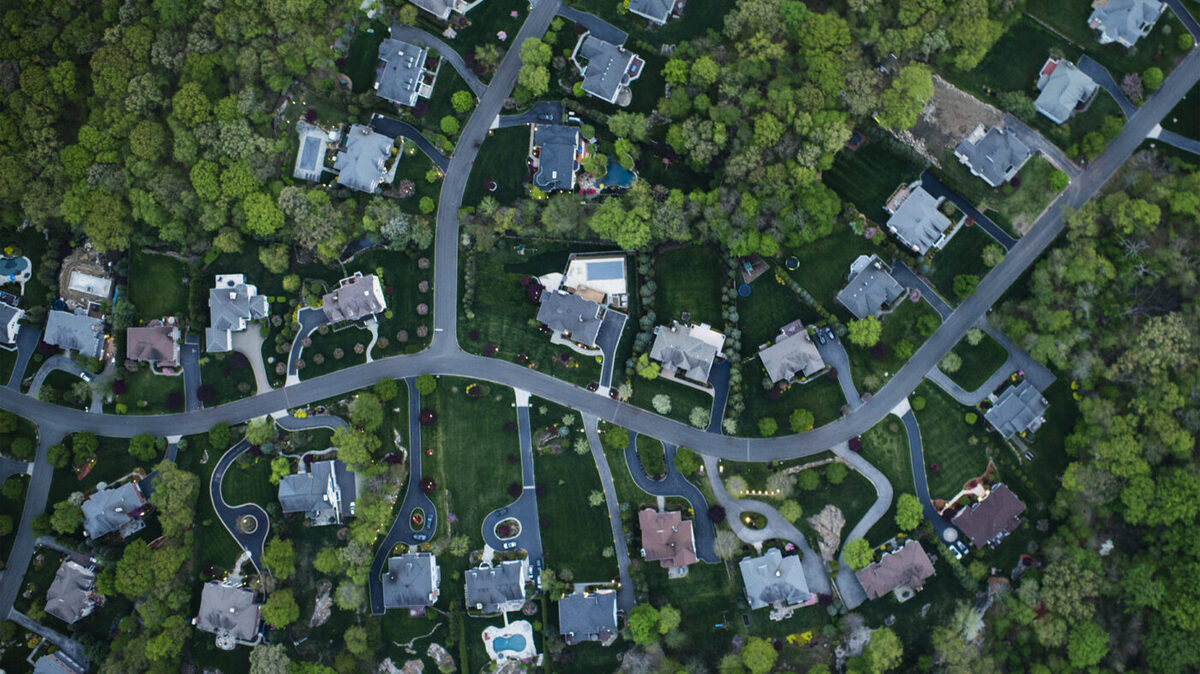Swift Gains in Fourth Quarter Push Home Prices to Peak Levels in Majority of Metro Areas
WASHINGTON (February 9, 2017) — The best quarterly sales pace of the year pushed available housing supply to record lows and caused price appreciation to slightly speed up in the final three months of 2016, according to the latest quarterly report by the National Association of Realtors®. The report also revealed that sales prices in over half of measured markets since 2005 are now at or above their previous peak level.
The median existing single-family home price increased in 89 percent of measured markets, with 158 out of 178 metropolitan statistical areas 1 (MSAs) showing sales price gains in the fourth quarter of 2016 compared with the fourth quarter of 2015. Twenty areas (11 percent) recorded lower median prices from a year earlier.
There were more rising markets in the fourth quarter compared to the third quarter of 2016, when price gains were recorded in 87 percent of metro areas. Thirty-one metro areas in the fourth quarter (17 percent) experienced double-digit increases — an increase from 14 percent in the third quarter.
For all of 2016, an average of 87 percent of measured markets saw increasing home prices, up from the averages in 2015 (86 percent) and 2014 (75 percent). Of the 150 markets NAR has tracked since 2005, 78 (52 percent) now have a median sales price at or above their previous all-time high.
Lawrence Yun, NAR chief economist, says home-price gains showed little evidence of letting up through all of 2016. "Buyer interest stayed elevated in most areas thanks to mortgage rates under 4 percent for most of the year and the creation of 1.7 million new jobs edging the job market closer to full employment," he said. "At the same time, the inability for supply to catch up with this demand drove prices higher and continued to put a tight affordability squeeze on those trying to reach the market."
Added Yun, "Depressed new and existing inventory conditions led to several of the largest metro areas seeing near or above double-digit appreciation, which has pushed home values to record highs in a slight majority of markets. The exception for the most part is in the Northeast, where price growth is flatter because of healthier supply conditions."
The national median existing single-family home price in the fourth quarter of 2016 was $235,000, which is up 5.7 percent from the fourth quarter of 2015 ($222,300). The median price during the third quarter of 2016 increased 5.4 percent from the third quarter of 2015.
At the end of the fourth quarter, there were 1.65 million existing homes available for sale 2, which was 6.3 percent below the 1.76 million homes for sale at the end of the fourth quarter in 2015 and the lowest level since NAR began tracking the supply of all housing types in 1999. The average supply during the fourth quarter was 3.9 months — down from 4.6 months a year ago.
The median existing single-family home price increased in 89 percent of measured markets, with 158 out of 178 metropolitan statistical areas 1 (MSAs) showing sales price gains in the fourth quarter of 2016 compared with the fourth quarter of 2015. Twenty areas (11 percent) recorded lower median prices from a year earlier.
There were more rising markets in the fourth quarter compared to the third quarter of 2016, when price gains were recorded in 87 percent of metro areas. Thirty-one metro areas in the fourth quarter (17 percent) experienced double-digit increases — an increase from 14 percent in the third quarter.
For all of 2016, an average of 87 percent of measured markets saw increasing home prices, up from the averages in 2015 (86 percent) and 2014 (75 percent). Of the 150 markets NAR has tracked since 2005, 78 (52 percent) now have a median sales price at or above their previous all-time high.
Lawrence Yun, NAR chief economist, says home-price gains showed little evidence of letting up through all of 2016. "Buyer interest stayed elevated in most areas thanks to mortgage rates under 4 percent for most of the year and the creation of 1.7 million new jobs edging the job market closer to full employment," he said. "At the same time, the inability for supply to catch up with this demand drove prices higher and continued to put a tight affordability squeeze on those trying to reach the market."
Added Yun, "Depressed new and existing inventory conditions led to several of the largest metro areas seeing near or above double-digit appreciation, which has pushed home values to record highs in a slight majority of markets. The exception for the most part is in the Northeast, where price growth is flatter because of healthier supply conditions."
The national median existing single-family home price in the fourth quarter of 2016 was $235,000, which is up 5.7 percent from the fourth quarter of 2015 ($222,300). The median price during the third quarter of 2016 increased 5.4 percent from the third quarter of 2015.
At the end of the fourth quarter, there were 1.65 million existing homes available for sale 2, which was 6.3 percent below the 1.76 million homes for sale at the end of the fourth quarter in 2015 and the lowest level since NAR began tracking the supply of all housing types in 1999. The average supply during the fourth quarter was 3.9 months — down from 4.6 months a year ago.


 Menu
Menu




